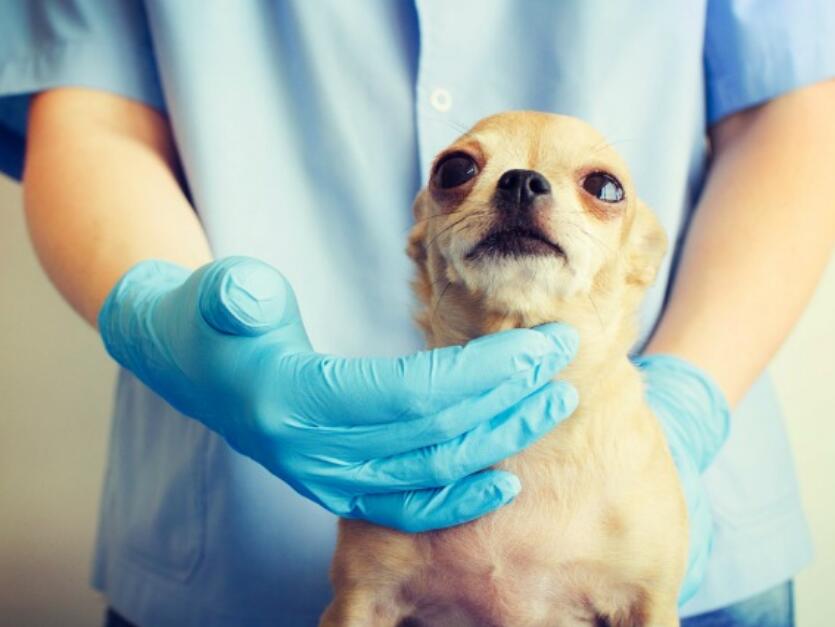 Microcephaly, formally known as canine cervix virus, or CPV, is a highly contagious viral disease. Sick or recently recovered dogs excrete large amounts of the virus in their feces, and the virus particles can survive in the environment for months. Susceptible dogs can become orally infected when they come in contact with contaminated areas. Puppies and young dogs that have not received all vaccinations are at the highest risk for developing microscopic lesions.
Microcephaly, formally known as canine cervix virus, or CPV, is a highly contagious viral disease. Sick or recently recovered dogs excrete large amounts of the virus in their feces, and the virus particles can survive in the environment for months. Susceptible dogs can become orally infected when they come in contact with contaminated areas. Puppies and young dogs that have not received all vaccinations are at the highest risk for developing microscopic lesions.
That’s the bad news. The good news is that tiny is not necessarily fatal. Many puppies can be saved if they receive prompt and proper veterinary care.
Learn the signs of microcephaly in dogs so you can work with your veterinarian to treat and beat microcephaly. Loss of appetite
Loss of appetite
Often, the first sign that a dog is sick is a loss of appetite. This is especially true for tiny ones. In the early stages of the disease, the virus invades and begins to replicate in the lining of the intestine and other parts of the body. The immune system is also reacting at an accelerated rate. All of this leads to fever, low energy levels and, most obviously, a loss of interest in food. vomiting
vomiting
Most dogs have fine vomitus. The initial vomit may contain remnants of the dog’s last meal, but as vomiting continues, all vomit is a frothy mucus that may contain bile, yellowish-brown digestive juices, or blood. The blood can be bright red or partially digested, which makes it look like coffee grounds. When dogs with fine hair become dehydrated, they may try to drink water, but they usually recover immediately from whatever they ingest. Diarrhea – may be with blood
Diarrhea – may be with blood
Diarrhea develops as a result of the virus and the resulting immune response destroying the lining of the intestine. The intestine can no longer absorb water and nutrients and becomes leaky. Fluid from the body can enter the intestine, exacerbating diarrhea and dehydration. Blood vessels within the intestinal wall may be damaged, causing blood to become visible in the feces and providing a pathway for bacteria to enter the dog’s circulatory system. Damage to other parts of the body
Damage to other parts of the body
Not only does the microvirus invade the lining of the intestine, it also attacks other rapidly dividing cells. In puppies, this can include the heart muscle, leading to chronic heart disease or sudden death. The bone marrow, an important part of the immune system, is also affected. The immune response is weakened and bacteria enter the bloodstream through the damaged intestinal lining, and the combination of these two often leads to bacterial pneumonia in tiny dogs. Prevention of fine
Prevention of fine
Most cases of microcephaly can be prevented by a series of vaccinations that begin when puppies are 7-8 weeks old. Puppies receive three to four vaccinations for microcephaly approximately every three weeks until they are 3-4 months old. Dogs should be revaccinated after one year. Then most dogs will only need a microscopic booster every three years, or an annual vaccination to check their immunity.
For serious diseases that can be fatal, such as tiny tiny tiny, the benefits of prevention always outweigh the costs associated with the disease and treatment.

